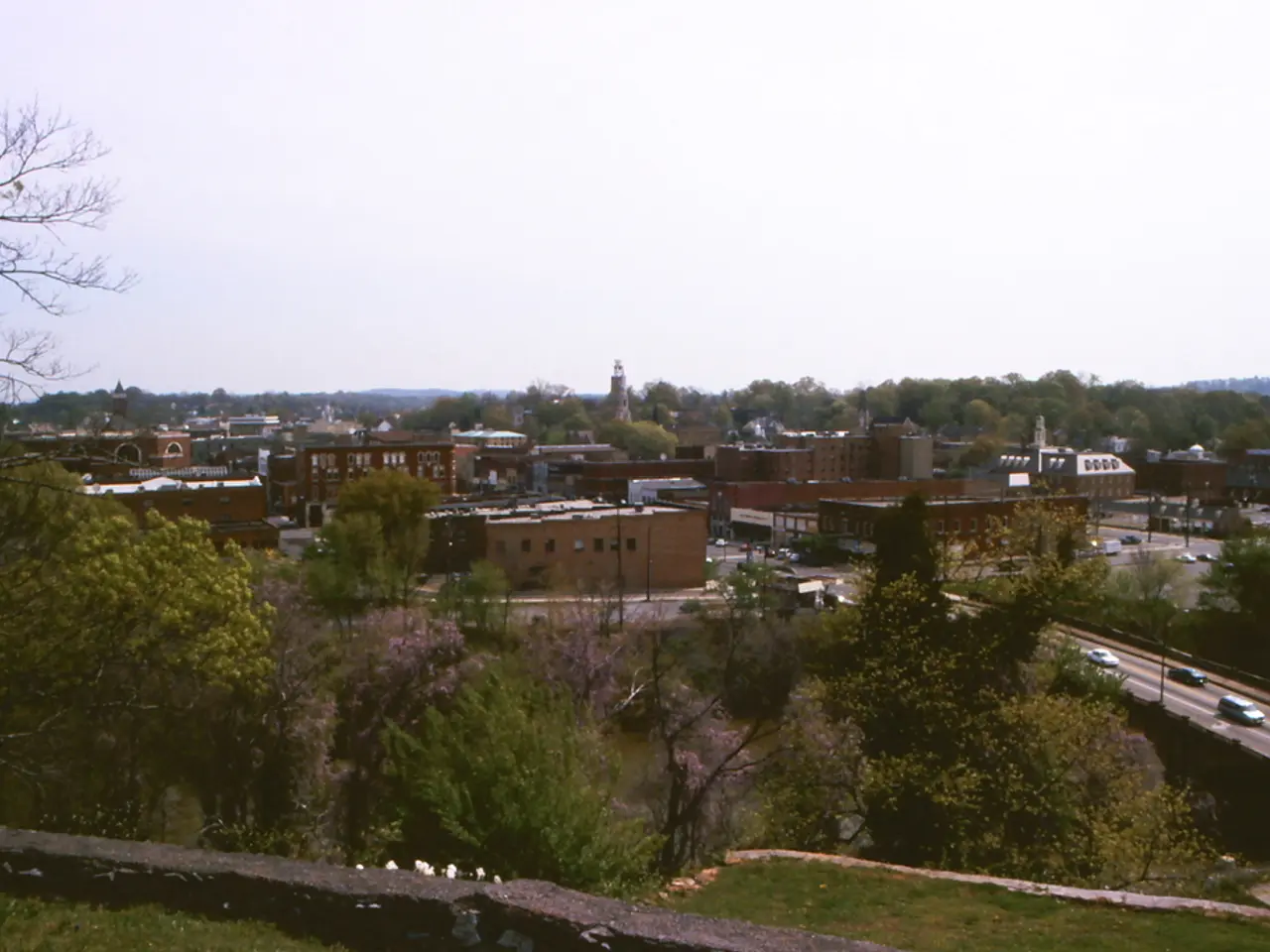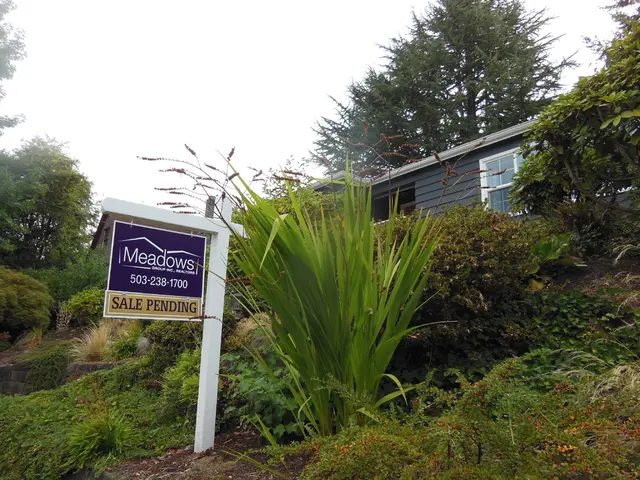Berlin's Senate Plans 4,000 Apartments in Späthsfelde, Facing Environmental Resistance
Berlin's Senate plans to transform the historic Späthsfelde site into a new city quarter with up to 4,000 apartments. However, the Bund für Umwelt und Naturschutz Deutschland (BUND) and the Treptow-Köpenick district have rejected these plans, citing concerns about the area's ecological significance and lack of infrastructure.
Späthsfelde, once the world's largest nursery, is now a mix of small gardens, meadows, fields, and agricultural land, with some areas owned by the state and others privately. The complex property relationships have hindered development due to differing interests and usage rights.
The Senate's plans include a new quarter with residential, commercial, and educational areas on around 100 hectares. BUND warns of the loss of valuable urban nature, additional sealing of areas, and exacerbation of the city's heat island effect. The Treptow-Köpenick district and BUND Berlin firmly reject these plans, highlighting the area's ecological importance and lack of infrastructure.
Protests by gardeners and environmental organizations are planned before the Senate Administration presents revised news on October 15.
Späthsfelde stands as an example of Berlin's urban development conflict: creating new housing without losing green spaces. The Senate's revised news for the historic site are eagerly awaited, with environmental groups and local authorities expressing their concerns and expectations.
Read also:
- American teenagers taking up farming roles previously filled by immigrants, a concept revisited from 1965's labor market shift.
- Weekly affairs in the German Federal Parliament (Bundestag)
- Landslide claims seven lives, injures six individuals while they work to restore a water channel in the northern region of Pakistan
- Escalating conflict in Sudan has prompted the United Nations to announce a critical gender crisis, highlighting the disproportionate impact of the ongoing violence on women and girls.






